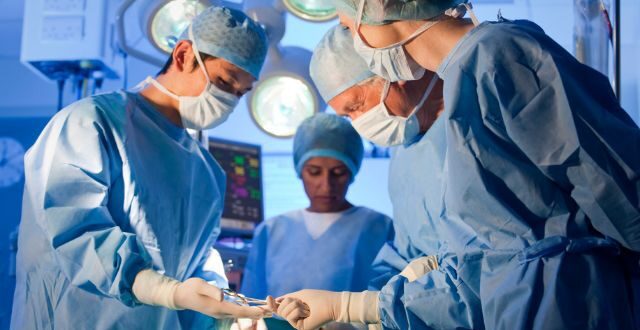Heart surgery has come a long way since its inception, thanks to advancements in technology. Today, cutting-edge technologies are revolutionizing the field, making procedures safer, more precise, and less invasive.
These innovations are reshaping the landscape of heart surgery and improving patient outcomes when visiting a specialist London heart clinic. Below, we will explore some of the most remarkable technologies that are transforming the field.
Robotics and Minimally Invasive Surgery
Robotic-assisted surgery has gained significant popularity in the field of heart surgery. Surgeons can now perform complex procedures with enhanced precision and control. Robotic systems provide a three-dimensional view of the surgical site, allowing surgeons to navigate through small incisions with greater accuracy. These minimally invasive approaches offer several benefits, including reduced pain, shorter hospital stays, and faster recovery times for patients.
Transcatheter Valve Replacement
Transcatheter aortic valve replacement (TAVR) is a groundbreaking procedure that has revolutionized the treatment of aortic valve disease. Traditionally, valve replacement required open-heart surgery, but TAVR enables the insertion of a new valve through a catheter, typically inserted in the leg or chest. This minimally invasive technique has significantly reduced the risks associated with surgery, making it suitable for patients who were considered high-risk or inoperable previously.
3D Printing in Cardiac Surgery
The emergence of 3D printing technology has had a profound impact on cardiac surgery. Surgeons can now create patient-specific models of the heart using advanced imaging techniques. These models allow surgeons to better plan complex procedures and practice on an accurate replica of the patient’s heart before the actual surgery. 3D-printed implants and prosthetics are also being utilized in cardiac surgery, improving the success rate of various procedures.
Artificial Intelligence and Machine Learning
Artificial intelligence (AI) and machine learning (ML) are transforming the way heart surgeries are performed. AI algorithms can analyse vast amounts of patient data, including medical records, imaging scans, and genetic information, to identify patterns and predict outcomes. This helps surgeons make more informed decisions and personalize treatment plans. AI-powered robotic systems can also assist surgeons during procedures, enhancing their capabilities and reducing human error.
Remote Monitoring and Telemedicine
Remote monitoring technologies are empowering healthcare providers to keep a close eye on patients’ cardiac health even after surgery. Implantable devices equipped with sensors can transmit real-time data to healthcare professionals, allowing early detection of complications or abnormalities. Telemedicine platforms enable patients to consult with their cardiac surgeons remotely, reducing the need for frequent hospital visits and improving access to specialized care, especially for patients in remote areas.
Hybrid Operating Rooms
Hybrid operating rooms combine advanced imaging technologies, such as computed tomography (CT) and magnetic resonance imaging (MRI), with a fully equipped surgical suite. These state-of-the-art facilities enable surgeons to perform complex procedures while simultaneously visualizing the patient’s anatomy in real time. The integration of imaging and surgical capabilities in a single location improves efficiency, reduces complications, and enhances patient safety.
Cutting-edge technologies are revolutionizing the field of heart surgery, providing surgeons with enhanced tools and techniques to improve patient outcomes. From robotic-assisted surgery to 3D printing, artificial intelligence to remote monitoring, these advancements are reshaping the landscape of cardiac surgery. As technology continues to evolve, we can expect further advancements that will drive the field forward, ushering in a new era of safer, more precise, and minimally invasive cardiac procedures.
 khamush.com Lifestyle | Motivation | Poems
khamush.com Lifestyle | Motivation | Poems



